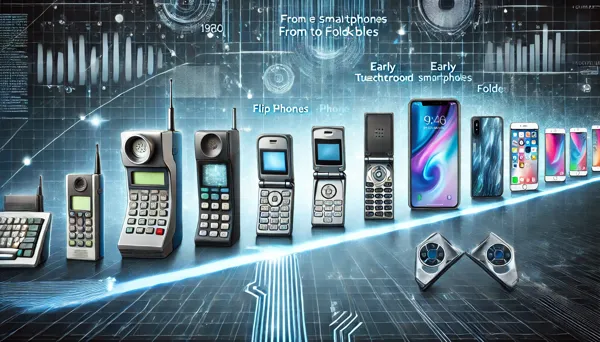Introduction
Imagine carrying a device the size of a brick just to make a phone call. Fast forward to today, and we have pocket-sized gadgets that fold, flip, and function as powerful mini-computers. Smartphones have come a long way, revolutionizing the way we communicate, work, and live. In this post, we’ll journey through the fascinating evolution of smartphones—from the bulky bricks of the 1980s to the sleek foldable devices of today.
1. The Brick Era: The Birth of Mobile Communication
In 1983, Motorola unveiled the DynaTAC 8000X, often nicknamed “The Brick.” It weighed over 2 pounds, offered a mere 30 minutes of talk time, and took 10 hours to charge. Despite its limitations, this device marked the beginning of mobile communication. Owning one was a status symbol, reserved for the elite.
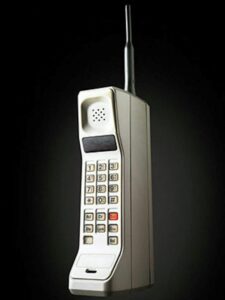
2. The 90s: Shrinking Sizes and Growing Capabilities
As technology advanced, mobile phones became smaller and more practical. The Nokia 1011, launched in 1992, was among the first GSM phones, enabling text messaging for the first time. By the late 90s, models like the Nokia 3210 gained popularity for their compact design, durability, and the unforgettable game Snake.
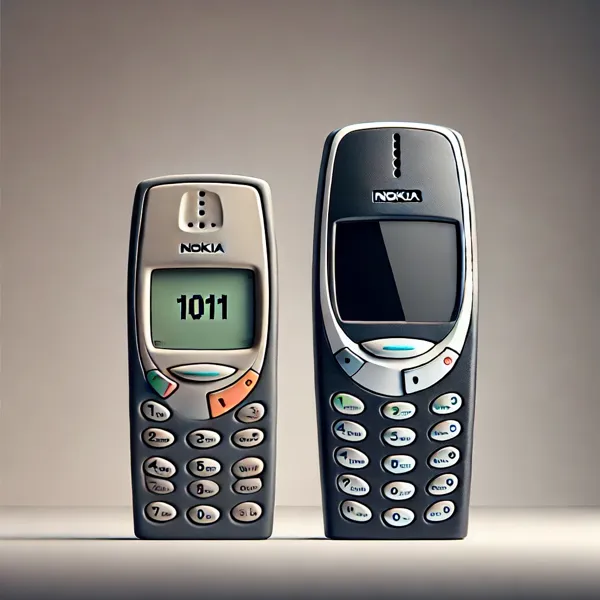
3. The 2000s: The Rise of Smartphones
The early 2000s introduced the concept of smartphones—devices that combined calling with features like internet access, cameras, and apps.
- 2007: Apple redefined the smartphone market with the launch of the iPhone, featuring a touch screen and the App Store.
- 2008: Google’s Android OS debuted, offering an open-source alternative and spurring competition.
BlackBerry, known for its iconic keyboard, was also a major player during this era, particularly for business users.
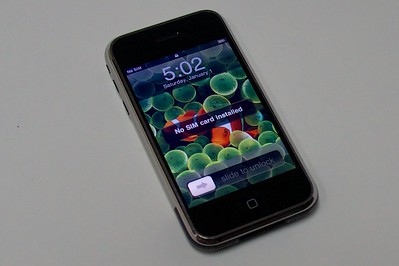
4. The 2010s: Bigger Screens and Smarter Features
This decade witnessed rapid advancements in smartphone technology:
- Bigger and Better Displays: Samsung popularized large-screen phones with its Galaxy Note series.
- Cameras Revolutionized: Dual and triple-lens cameras became standard, transforming smartphones into photography tools.
- AI Integration: Voice assistants like Siri and Google Assistant made phones smarter.
- Wireless Technology: Features like wireless charging and near-field communication (NFC) became mainstream.
Smartphones were no longer just tools for communication—they became essential for work, entertainment, and social connection.
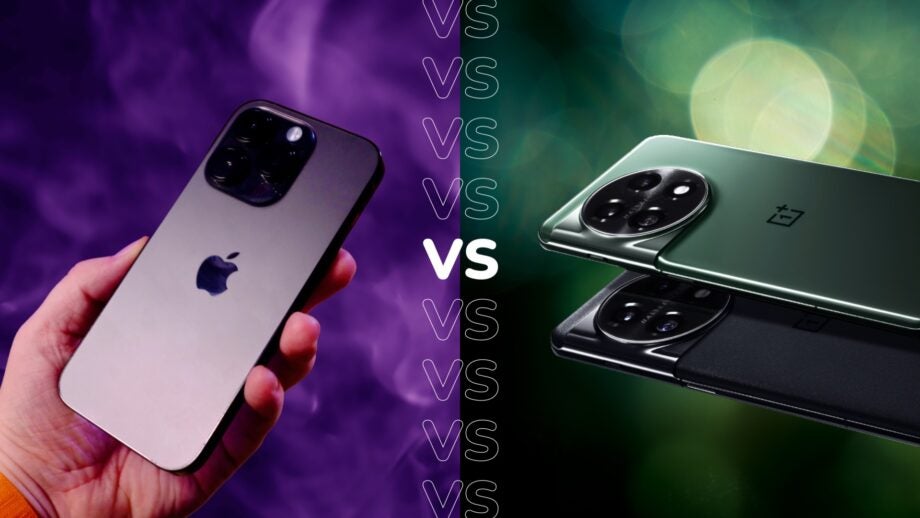
5. The 2020s: The Foldable Future
In recent years, foldable smartphones have emerged as the latest innovation. Brands like Samsung, Huawei, and Motorola have launched devices that combine large displays with portability.
- Samsung Galaxy Z Fold and Z Flip: Pioneers in foldable technology, these phones offer multi-tasking and a futuristic design.
- Durability and Functionality: Foldables now feature stronger hinges and advanced materials, making them practical for everyday use.
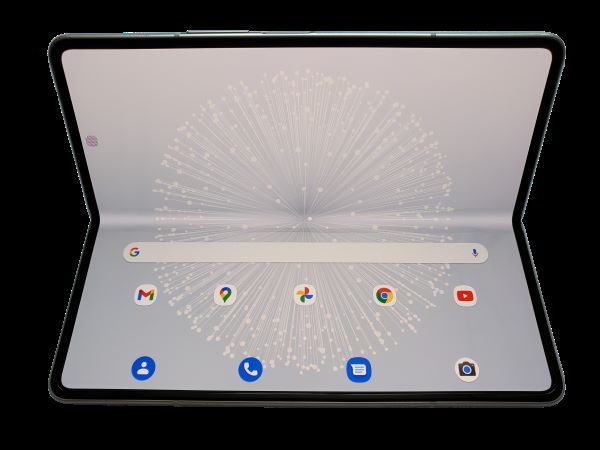
This trend signifies that innovation in smartphones is far from over.
Conclusion
From bricks to foldables, the evolution of smartphones reflects humanity’s relentless pursuit of innovation. As technology continues to advance, one can only imagine what the next decade will bring—holographic displays, implantable devices, or something entirely unexpected.
